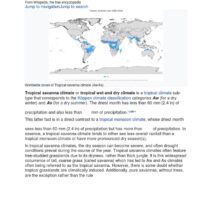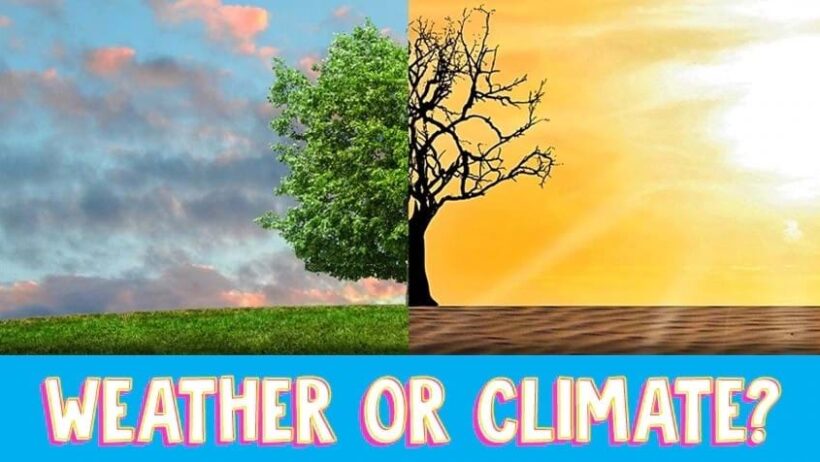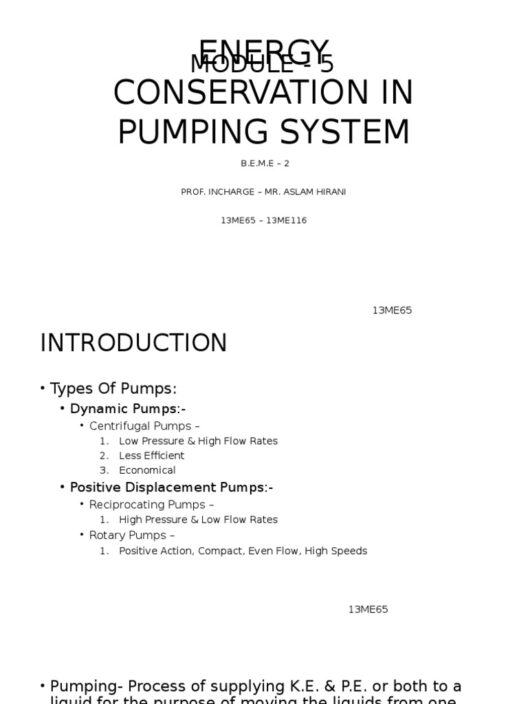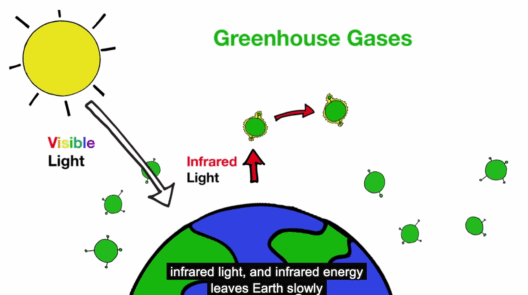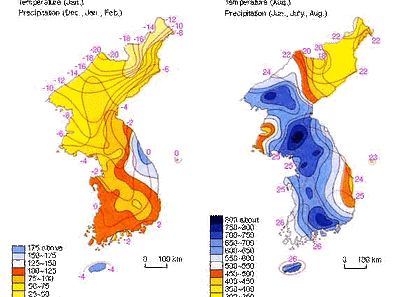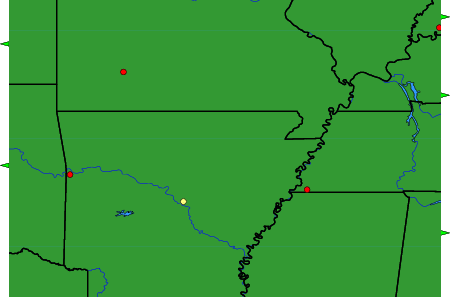In the interplay of natural phenomena, the terms weather and climate are often unwittingly conflated, giving rise to confusion that muddles public understanding and discourse. It is critical to delineate these concepts, as misapprehensions can lead to misinformed opinions on essential matters such as climate change, environmental policy, and personal behavioral choices. To clarify, weather refers to the short-term atmospheric conditions at a specific place and time, while climate encompasses the long-term patterns and averages of those conditions over extended periods. This seemingly simple clarification belies a far deeper complexity that merits exploration.
Weather is inherently capricious. It fluctuates from hour to hour, from day to day. One could awaken to a serene sunrise, only to find the skies shrouded in tempestuous clouds by noon. Weather reports, therefore, serve as short-term forecasts, providing information about atmospheric phenomena such as rain, snow, sunshine, and wind—data that can change rapidly. It answers immediate questions: Will I need an umbrella today? Should I carry a jacket? These inquiries focus on the immediate experience of the atmosphere, guiding individuals in their day-to-day activities.
In striking contrast, climate is a long-term average derived from the aggregation of years’ worth of weather data, typically assessed over 30 years or more. It sets the framework within which we understand the prevailing conditions of a region. When one speaks of the climate of a location, they are referencing the overarching trends and statistical patterns—such as the average temperature in July or the frequency of rainy days in a given season. Thus, while weather might tell you the temperature on a particular Tuesday, climate informs you whether you live in a region that generally swelters or one that routinely bears snow in winter.
This distinction is not merely academic but bears vital implications, especially in the context of climate change. Climate change—an issue of monumental significance—carries the weight of both scientific scrutiny and societal urgency. Misconceptions about the terms can lead to trivialization of climate change discussions. For instance, individuals might point to anomalously cool summers or unseasonably warm winters as evidence against climate change, not grasping that these weather anomalies exist against the backdrop of a changing climate. Engaging with these discrepancies reveals a crucial understanding: weather can be variable, even chaotic, whereas climate evolves gradually through complex interactions of atmospheric, oceanic, ecological, and anthropogenic factors.
Historically, the distinction between weather and climate has not always been clear-cut. Cultures around the world have relied on observations of weather patterns to inform agricultural practices and navigational endeavors for centuries. Indigenous peoples, for example, developed comprehensive knowledge systems that integrated weather patterns with ecological and seasonal cycles—this nuanced understanding illustrates humanity’s longstanding dependence on climate and weather as intertwined phenomena. Yet, as civilizations evolved and industrialized, the simplification of these terms into mere soundbites has contributed to a distorted public perception regarding human impacts on our planet.
One effective approach to solidify the differentiation between weather and climate lies in the implementation of appropriate analogies. Think of weather as a singer performing a song in the moment—passionate, dynamic, and unpredictable—while climate serves as the song itself, composed of multitude verses that build a coherent narrative over time. Each note in the performance carries its weight, yet only in aggregation does the resonance of the piece come into full appreciation. This metaphor underscores that while specific weather events may be transient, they contribute to the grand composition of climate.
Educational efforts aimed at clarifying this issue must emphasize the enduring nature of climate change while simultaneously acknowledging the immediacy of weather impacts. For instance, as the global temperature rises, the frequency and intensity of extreme weather events—such as hurricanes, droughts, and floods—tend to increase. This correlation compels society to realize that our daily weather encounters cannot be divorced from the broader climatic shifts taking place. The urgency to grapple with these changes shapes the conversation around environmental responsibility, individual action, and systemic transformation.
Moreover, in this era of misinformation where beliefs often conflate sensationalism with accuracy, a thorough understanding of the variances between weather and climate is crucial for fostering informed public discourse. By cultivating this awareness, individuals and communities can better advocate for legislative action, scientific research, and sustainable practices to combat climate change. Community initiatives can stem from local observations of weather while being framed within the larger narrative of climate—the long-term, persistent shifts that alter our very existence.
Ultimately, recognizing the distinction between weather and climate is more than a semantic exercise; it is an invitation to rethink our relationship with the environment. In elucidating how transient weather experiences connect to the enduring patterns of climate, we enhance our capacity to engage with the crucial ecological challenges facing our planet. Whether it is through policy-making, education, or grassroots activism, an informed citizenry is equipped to meet environmental challenges head-on, fostering resilience in both communities and ecosystems alike. As we navigate this complexity, let us embrace curiosity as a catalyst for understanding—to seek not just knowledge, but the wisdom to act. After all, the fate of our planet may very well hinge upon our ability to discern the fleeting from the fundamental.

